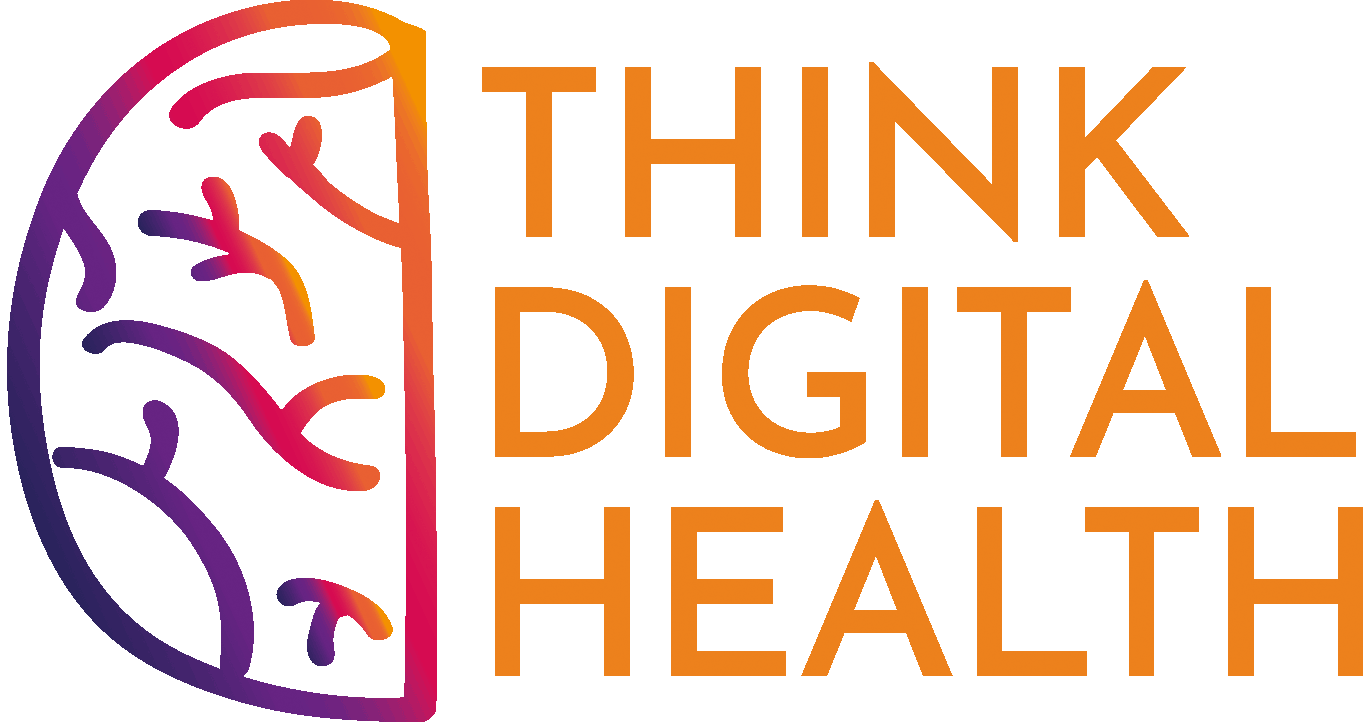Twelve Years A Drug: Expediting the Drug Discovery Process
- Christy Cheung
- Jul 24, 2019
- 4 min read
Updated: Aug 29, 2019
I will be starting my Industrial Residency in Medical Affairs at Sanofi Genzyme this September. To couple my curiosities in artificial intelligence (AI) with my upcoming career start in the industry, I thought I would look into some established use cases of AI in Pharma, which I have quickly realized, are plenty.
Artificial intelligence is a field focused on training machines to acquire human cognitive capabilities such as to think, to learn, and to act. Machine learning (ML), often concurrently mentioned, is, in fact, a subset of AI, which refers to the feeding of vast amounts of data to machines, and subsequently allowing them to discover patterns from such data.
In Medicine and Pharmacy, it is apparent, then, the potential of technologies such as AI and ML to process healthcare data. Healthcare is the among the most data-rich industries; this repository of data is forecasted to grow faster than in other industries — manufacturing, financial services, media — through 2025. We are talking about imaging data, genomic data, published scientific literature, clinical data, biomarkers, drug libraries…
With this wealth of data, what is it that our artificial counterparts can help us do in Pharma?
In this post, I will highlight the very beginning of the drug development journey — drug discovery, — but be aware that there are many pain points from drug discovery through clinical trials and subsequent analysis of real world evidence that AI can help ameliorate.
Drug Discovery
The rivalry among Pharma companies is largely based on each one of their drug pipelines. That, in and of itself, makes the drug discovery process an integral first step, and a costly one at that. You have probably heard of some of the jaw-dropping statistics surrounding this. According to the Tufts Center for the Study of Drug Development (CSDD), the cost of drug development is now at $2.6 billion. The time it takes from “identifying a potential drug target to developing a drug candidate that hits the target,” alone, Eric Topol in Deep Medicine refers to as the “four-year bottleneck.” Not only that, but the cost of developing a new drug doubles every nine-years. You can imagine, then, that any technology that can somehow make a dent in this cost-time relationship will be highly sought after.
Let’s go through a quick run-down of the standard drug discovery process. The initial spark may come from novel conclusions about the underlying pathophysiology of different diseases, prompting researchers to design a drug that could interfere with that process. Or it may come from the gruelling task of testing molecular compounds against diseases, often dependent on some stroke of luck before a compound bears promise. Even then, countless “potentials” remain, and need to be narrowed down to a list that can be feasibly worked with in the next steps. These next steps involve experiments evaluating pharmacokinetics (absorption, distribution, metabolization, excretion), mechanism of action, ideal dosage, ideal route of administration, adverse effects, interactions with other drugs, how the drug in question compares to other drugs used for the same indication, and finally, we throw in the diverse complexity of human beings — gender, ethnicity, genomics, and other "omics" — as if the former steps were not enough.
Now, with AI, we have the power to speed through this “bottleneck.” For the Pharma companies, this means time- and cost-savings, but on a global scale, this means quicker delivery of promising medicine to patient populations in need. There are dozens of startups, which have emerged in recent years, looking to tackle the drug discovery process, all with a goal to improve its efficiency. Each startup has their own gold mine of data, depending on what their therapeutic area of focus is. By leveraging AI to analyze unique datasets, these companies ultimately hope to derive valuable insights — drug properties and effects, therapeutic targets, disease-specific biomarkers, — that humans would take far longer to uncover.
A fascinating use case I came across was using AI for the repurposing of existing drugs, or even, drug candidates still being studied in late-stages. It is well known that only 1 in 10 drugs make it to market, but what a waste of that hard work and energy! In pharmacy, we know the story of thalidomide, which was once marketed to treat nausea and to help with morning sickness in pregnancy, but cases of birth defects rendered this drug an instant therapeutic outcast. Thalidomide has since been repurposed and approved for multiple myeloma and leprosy, but this took a great many years. AI can more feasibly handle large volumes of data and much more efficiently than our human brains can manage, so it is only apt for the technology to be used in this setting. For example, Recursion Pharmaceuticals will test thousands of drug candidates against diseased cell types, and then, determine which of those candidates can interfere with the disease process, leaving otherwise healthy cells untouched. Other startups have popped up and already have ongoing collaborations with established Pharma companies.
While there are news that several of the AI-derived drugs are in the midst of clinical trials, we should still remain cognizant of the system’s flaws. AI depends on both the quantity and the quality of the data given.
“Garbage in, garbage out”
There are Pharma AI initiatives which have led to suboptimal, or even harmful, predictions, the most likely cause being the lack of clean data that was used as input to the machine learning algorithms, unsurprisingly, leading to poor output. There is, no doubt, AI can augment the drug development cycle, but we may still be riding a steep learning curve for the time being.
Thank you for reading, as always!




Comments